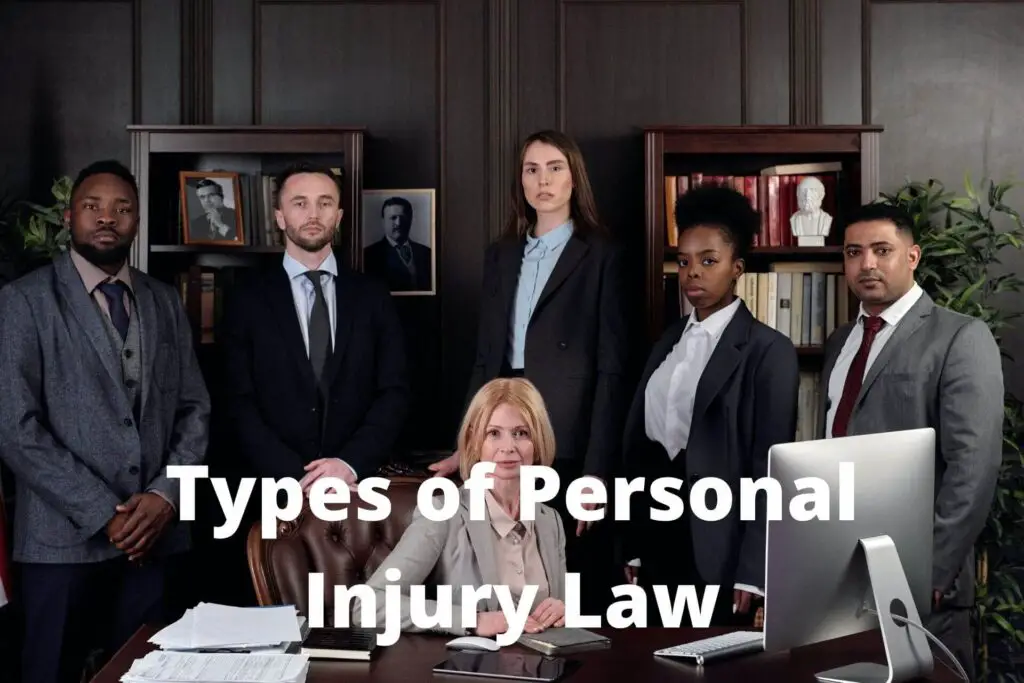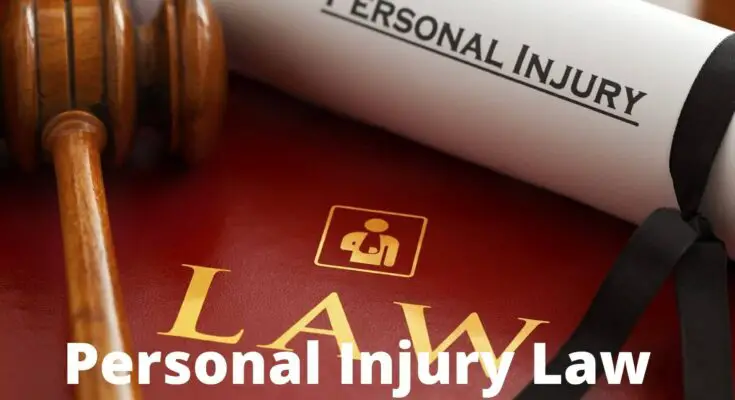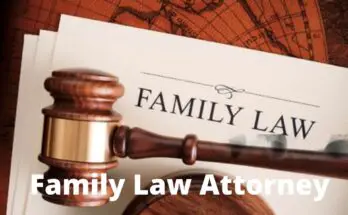Introduction
Personal injury law is the legal avenue for an injured person, in this case, the plaintiff, to file a claim against the defendant or defendant. The purpose is to ensure that the person responsible pays financial compensation for the damages caused. Personal injury cases involve grievances. These are wrongful civil acts that result in personal injury or damage.
Read Also: What is Debt Consolidation | Are You Looking for a Debt Consolidation Lawyer 2024?
The grievances are classified into three groups:
• Negligence Torts: When someone acts carelessly. For example, in most car accidents.
• Intentional torts: Done on purpose, with the intention of causing harm. For example, a punch in the face.
• Strict Liability Torts: Impose liability without regard to fault. For example, dangerous activities.
The plaintiff in a civil action must prove with evidence that the defendant caused the damage or that it is his or her fault. This step is considerably easier to prove than in a criminal case because in a civil case, guilt is beyond a reasonable doubt. It is also important to clarify that each state in the United States has its rules of procedure for filing personal injury claims, as well as its statutes of limitations.
Negligence Torts: Causing Harm Through Carelessness
The frequency of personal injury lawsuits due to negligence is high. In a typical negligence case, the plaintiff must prove the following:
• The defendant owed the plaintiff a duty of care to protect him from potential injury.
• The defendant failed to act reasonably under a given set of circumstances to preserve that care.
• The defendant’s carelessness, specifically, was the cause of the injury inflicted on the plaintiff.
• The plaintiff suffered actual harm due to the defendant’s breach of duty of care.
For negligence to exist, it is not necessary that the defendant had the intention to cause harm, it is only sufficient that he or she did not act with the care of a reasonable and prudent person under the same circumstances. Hence, the usual defense strategy in a negligence case is to allege that there was no duty of reasonable care owed to the injured party, or that there was another factor causing the personal injury.
Intentional Torts: Causing Harm on Purpose
A plaintiff alleging a tort with intent must prove that the defendant intended to cause the injury. A very different situation from that of negligence. Some examples of intentional torts are battery, assault, unlawful deprivation of liberty, and intentional infliction of emotional distress.
However, wrongs committed with intent can also be prosecuted under criminal laws. However, civil laws allow an injured person to bring actions for the same cause so that the plaintiff has access to compensation from the person responsible for causing the damage.
Example: The case of OJ Simpson. Although Simpson was acquitted of the criminal case that he had opened, which had greater notoriety in the press and generated more comments, he was only found responsible for the damages in the civil case.
Strict Liability Torts: Causing Harm Regardless of Intent or Carelessness
Strict liability occurs in types of torts where the defendant is responsible for the injury, even if he or she did not act negligently or intentionally. Typical situations that result in strict liability lawsuits are those related to highly dangerous products or activities.
For example, the storage of hazardous substances or the demolition of buildings. It is also possible that some employers may be held liable for the negligent or criminal actions of their workers. In some states, animal owners may also have strict liability if their pets injure other people.

What Type of Compensation is Obtained in a Personal Injury Lawsuit?
Personal injury attorneys can offer you extensive insight on this topic. However, in most states, the personal injury law seeks for the affected person to obtain financial compensation, which allows them to cover financial losses, such as medical expenses, lost wages, specialized medical care, and payment for services, among others. It is also common for some people to seek compensation for pain and suffering and the loss of a loved one.
This compensation allows surviving family members to have a livelihood to continue with their lives. In some exceptional circumstances, the law may allow extra damages, called punitive damages, to be imposed with the intent of punishing the responsible party for inappropriate or willful conduct. This added compensation is intended to set an example for society, to prevent others from doing the same, and to discourage the defendant from continuing his actions.
But not all personal injury claims go to trial. Lawyers almost always reach a negotiation with the plaintiff and the defendant. Most people prefer this action to going to court.
What Type of “Injuries” Does Personal Injury Law Include?
Personal injury or personal injury law can apply to any injury that a person or entity causes to another person, as long as such injury was caused by intentional, negligent, or reckless behavior, or by an action covered by strict liability. Some common causes of personal injuries that may entitle you to recover damages include:
• Car accidents
• Slip or trip and fall (liquids, snow, and ice)
• Slip or trip and fall (hazardous conditions on the property) other than liquid, snow, and ice
• Facilities Responsibility
• Construction Site Accidents—Negligence, New York Labor Law, Sections 240 and 241
• Dram Shop Law (liquor sales liability)
• Medical negligence
• Accidents due to defective products
• Police misconduct
• Unjust death or wrongful death
• Assault
• Attack/assault
• Inflict emotional distress
• False Accusations—Defamation of Character by Libel or Slander
Personal injury law covers any situation in which the following occurs:
Physical, mental, or reputational harm: A person suffers physical, mental or reputational harm;
Wrongfully caused: The injury is caused wrongfully, in the eyes of the law, by another person or by an entity (such as a corporation or municipality). When you are injured, the law attempts to determine whether the person who caused your injury had a duty to prevent you from being hurt. There are different levels of misconduct that lead to liability depending on the circumstances.
Everyday Situations Negligence: The law generally attempts to determine: “Was the person who caused your injury “negligent” in causing the injury?” Negligence is another way of saying “careless” or lacking ordinary care, attention or consideration.
Special Situations Recklessness: In certain cases, those involving injuries caused by police officers and firefighters who are responding to some emergency, the law may attempt to determine whether the officer acted “recklessly” in causing injuries, that is, did he act with complete disregard for your safety?
Intentional injuries: There are also intentional acts (such as someone hitting you on purpose and without justification, breaking your nose) where the intent combined with the injury will allow you to recover damages.
Defective Products Strict Liability: Finally, there are injuries involving dangerous products or products that are improperly manufactured or defective; In such cases, the law does not seek to determine misconduct but rather presumes liability for the fact that a person was injured by using the product (also known as “strict liability”).
Compensatory Damages: A person will not be able to recover damages (much less find a lawyer to represent them) for a stubbed finger or other insignificant injury.
Example: You are crossing the street with the “walk” sign. A car drives by, causing you to jump to the ground to avoid it. If you wake up with a small scratch on your hand but no other symptoms, there is an injury caused by a negligent driver but it is unlikely that you will be able to recover damages, despite the driver’s actions.
When each of these factors is present, an injured person may be able to recover a monetary amount for all harm suffered (medical expenses, lost income, pain, and suffering) by filing a lawsuit against the person or entity that wrongfully caused the harm.



